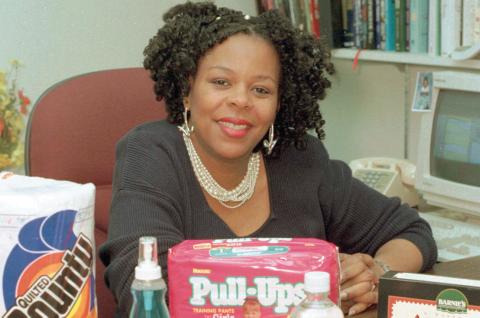Targeted Ethnic Advertising Gaining Popularity
To reach new markets of diverse consumers, advertisers are increasingly using ethnographics, a way to target messages to certain racial and ethnic groups, said a University of Florida professor.In her new book, Advertising and Marketing to the New Majority: A Case Study Approach, UF public relations department Chair Gail Baker Woods tells how ethnographics is becoming more popular, especially as the racial mix in America changes.
``Ethnographics is about organizations and businesses constructing messages to different audiences that before they may have ignored,'' Woods said.
Targeting messages to these audiences may be difficult for some corporations or agencies that tend to look at ethnic groups as a whole, rather than looking at specific ethnic subcultures.
``There are no monolithic ethnic groups,'' Woods said. ``You cannot say 'All Asian Americans like this,' or 'All African Americans like this.' You have to target to different groups.''
Although advertisements have been marketed to specific markets of white consumers, it was rarely seen in specialized markets until recently.
``You never see an ad for just 'white people,''' Woods said. ``You see an ad for white males, aged 18 to 35 who live in the city.''
Some companies, like McDonalds, have used targeting methods well, creating ad campaigns targeted to specific racial and ethnic audiences.
``McDonalds used specific African-American imagery, like little girls double-dutch jumping, using a lot of inner-city settings without 'ghettoizing' their ads,'' Woods said.
Scott Adams

photo by: Jeff Gage
Public relations Chair Gail Baker Woods found that manufacturers of products like paper towels, diapers and snack food successfully used ethnographics to reach new customers.